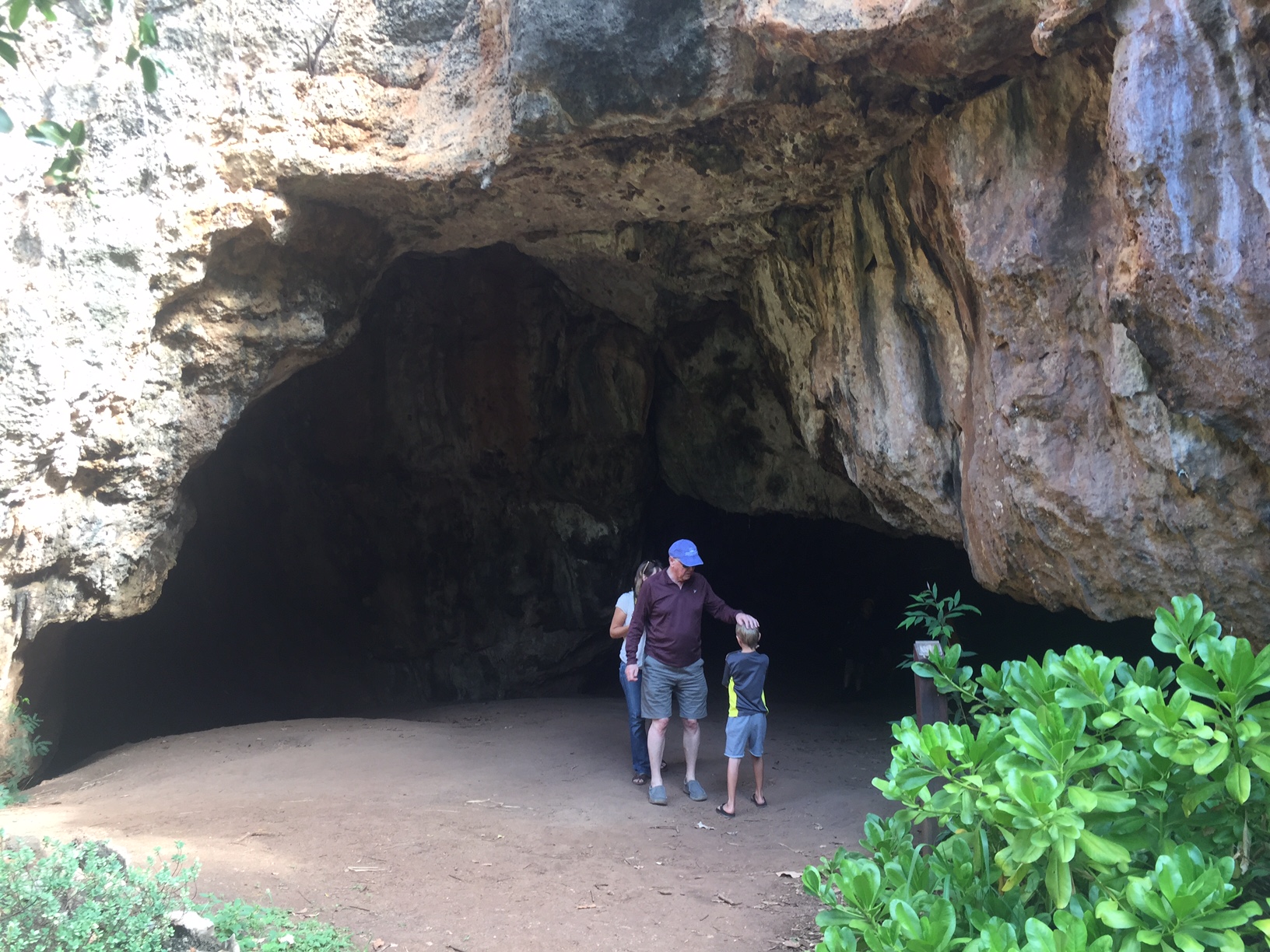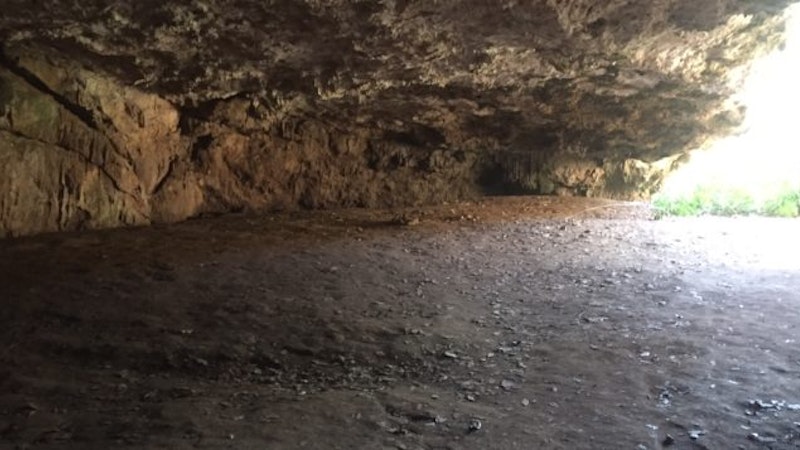One of the many reasons I love Kauai is because I always discover a new and exciting place to explore no matter how many times I’ve been there! And, my recent trip to the Garden Isle was no different. Except THIS time, I got to discover a hidden cave system on Kauai that’s DEFINITELY off-the-beaten-path.
The cave system is called the Makauwahi Cave Trail, and it’s only a few miles from the resort town of Poipu and hotels like the Sheraton Kauai Resort. But, these few miles are likely to take you upwards of 20 minutes because much of the “road” is actually dirt with lots and lots of road hazards.
Once you arrive, though, all the shimmying and shaking you endured is well worth it — after parking in a make-shift lot, you’re soon to see one of the most fascinating places on Kauai (in my opinion, at least).
Makauwahi cave is Hawaii`s largest limestone cave, the richest fossil site in the islands, and a uniquely preserved archaeological site. In fact, our guide told us that many of the endemic species that were almost wiped-out due to man and predators are being cultivated there. Acres of restored forest land, dune vegetation, and wetland habitat feature almost 100 species of native plants, including many endangered species, as well as endangered waterbirds and even an underground ecosystem of blind cave invertebrates.
Our guide even told a story about a storyteller who used the cave as his headquarters — according to our guide, he is buried in an upper chamber of the cave. Note: You cannot see/touch the coffin.
Historical Treasures
The rich fossil-bearing sediments of Makauwahi Cave, over 10 m (33 feet) thick in some areas, have an unusual chemistry that preserves almost everything that fell in there over the last 10,000 years or more — animal fossils such as shells and bones, as well as plant fossils including seeds, leaves, and wood.
Microscopic fossils, including pollen, spores, algae, even DNA fragments, occur by the billions. This means that the two decades of scientific research there have yielded a very integrated picture of the entire prehistoric landscape and its changes over many millennia, including the time before human colonization and the changes that have occurred since. Our guide also told us that tsunami researchers find Makauwahi Cave a virtual treasure trove of information because it has preserved so much “data” about rising and lowering water levels.
Trails and Tortoises
After exploring the cave, we decided to go on an adventure to see the tortoises that roam the property, 17 in all. Like in the Honolulu Zoo, the tortoises are behind fences. But, UNLIKE the Honolulu Zoo, whoever watches over the property welcomes visitors to hop the fence and pet them! Clearly, these animals were used to humans and allowed my kids to pet them and follow them around. I was later told the tortoises help control some of the non-native vegetation in the area by eating it. So, they’re fun AND useful!
The Makauwahi cave system on Kauai was such an unexpected treat — an archaeological site, native species haven, and tortoise playground all wrapped into one fun adventure!






